Educational Data Mining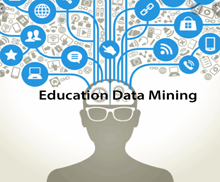
Various research is going on these days in the data mining field. Educational Data Mining is a significant research field called EDM. It uses multiple algorithms to improve educational results and explain educational procedures for further decision making. Here, we will discuss some of the data mining algorithms applied to the education-related field. These algorithms are used to mine knowledge from educational data and study the attributes that can add to boost the performance. Learning initially began in the classroom and was based on behavioral, psychological, and constructive models. Behavioral models depend on observable changes in the behavior of the student to determine the learning results. Psychological models are based on the effective involvement of the teacher in the learning procedure. In the constructive models, the students need to learn from their own from the various available sources. According to Siemens, learning is not anymore an internal, isolated activity. It is viewed as a demonstration in a network of nodes that improves the learning experience of students and diminishes the requirement for the immediate inclusion of a professor. Conventional learning environments have gradually changed into community-based learning conditions. What is Educational Data Mining?EDM stands for Educational Data Mining. It can be defined as the technique for finding the specific types of data that come from the education system and implementing those techniques to understand students and the system better. EDM is the process of transforming raw data obtained from educational systems into useful data that can be used to make data-driven decisions. The development of data mining and analytics in the education field was relatively late as compared to other fields. However, it is challenging for educational data mining via the web because of its specific features on data. While numerous types of data have sequential aspects, the distribution of educational information over time has extraordinary attributes.Educational data mining techniques have been fruitful and creating a range of phenomena concerning student learning on the online platform, and accomplishing better accuracy consistently. There are significant aspects that need to be examined to justify the extraordinary advancement for educational data, which is developing acknowledgment that is not all key data is stored in one data stream. Research in education has resulted in a few new educational enhancements. Computer-based innovations have changed the way we live and learn. Today, the utilization of information collected through these advancements is supporting a second round of transformation in all areas and learning with various accomplishments. Data mining is the most powerful technique with incredible potential to help schools and universities focus on the most significant information in the data sets they have collected about student's behavior and potential learners. Data mining uses its tools to find previously unknown patterns and relationships in huge data sets. These tools can incorporate statistical models, mathematical algorithms, and machine learning techniques. These techniques can able to find the information within the data that queries and report can't effectively reveal. Approaches of data mining in educational data:Data mining is the branch of computer science that targets to discover different factors and patterns to help decision making. The model in the given figure aims to design Educational Data Mining. Data Mining can encourage Institutional Memory. Data Mining, also known as KDD (Knowledge Discovery in Databases), refers to "Mining" or extracting knowledgeable data from huge data sets. An educational system typically has a huge educational database. This data may include teacher's data, accounts data, student's data, alumni data, etc. The educational data mining focuses on the development techniques for exploring the special types of data that originate from an educational context. These data originate from various sources, including data from the traditional face -to- face classroom environment, online courseware, educational software, etc. 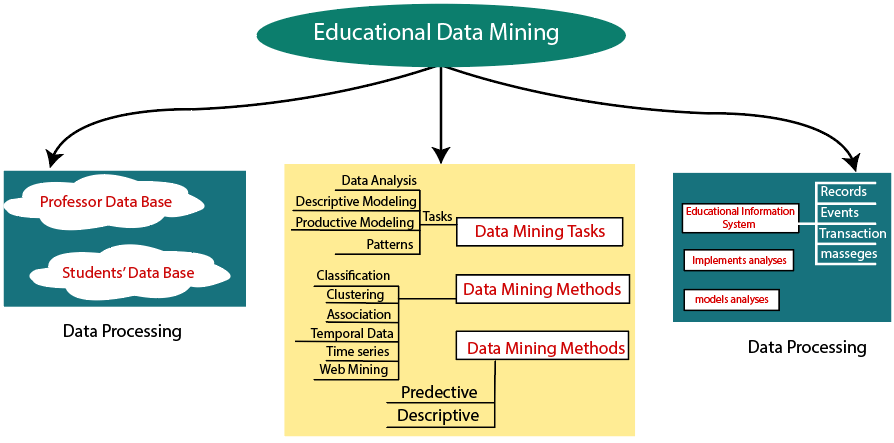
Data mining methods are used to operate on huge data sets to find hidden patterns and relationships, which is helpful for many organizations to make data-driven decisions. Various techniques and algorithms such as Clustering, Classification, Regression, Neural Networks, Artificial Intelligence, Association Rules, Genetic Algorithms, Decision tree, etc. are used for knowledge discovery from databases. Clustering:Clustering refers to the process of identification and classification of objects into different groups, the segmentation of a data set into subsets (clusters) so that the data in each subset share some common characteristic of similar classes of objects. 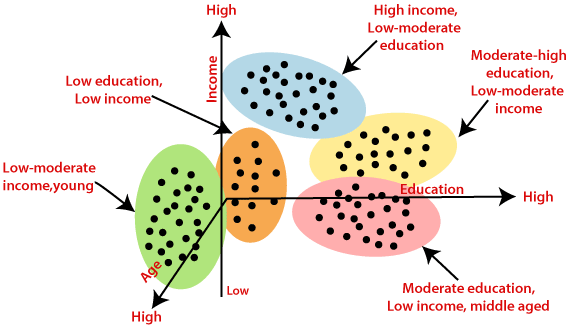
Classification:Classification refers to the process of describing data relationships and expresses values for future observation. Classification is the task of learning an objective function that maps each attribute set A to one of the predefined class level B. There are various classification techniques, namely Decision Tree-based Methods, Memory-based reasoning, Rule-based methods, Na�ve Bayes and Bayesian Belief Networks, Neural Networks. In classification, test data is used to estimate the certainty of the classification rules. If the certainty is acceptable, the rules can be applied to the new data tuples. The classifier-training algorithm utilizes these pre-classified examples to determine the arrangement of parameters needed for proper discrimination. 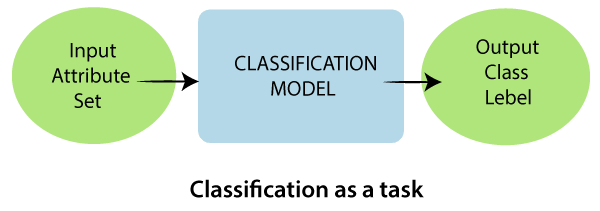
Prediction:Regression techniques can be adapted for prediction. It can be used to demonstrate the connection between one or more independent and dependent variables. In data mining, independent variables are attributes that are already known, and response factors are what we need to predict. Unfortunately, many day-to-day real-world problems are not easy to predict. Therefore more advanced techniques such as logistic regression, neural nets, and decision trees might be important to forecast future values. 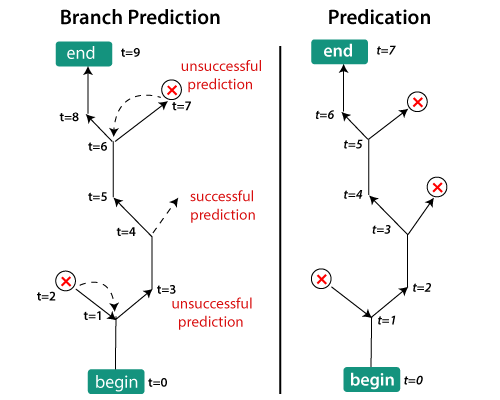
Education data mining in the coming future:The new emerging popular domain, called Educational Data Mining concerns with creating strategies that find useful data that is originated from the educational environment. Data Mining is an extremely vast area that incorporates employing various techniques and algorithms to find patterns.
Next TopicData Mining in Healthcare
|
 For Videos Join Our Youtube Channel: Join Now
For Videos Join Our Youtube Channel: Join Now
Feedback
- Send your Feedback to [email protected]
Help Others, Please Share









